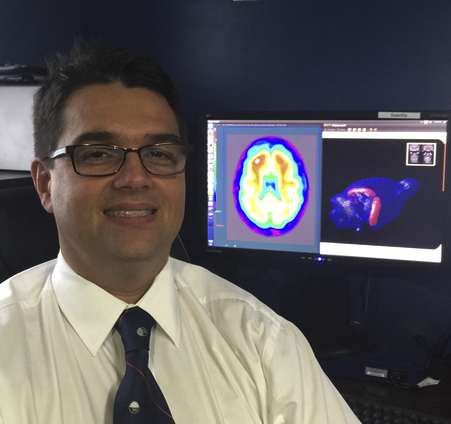Neuroscientists have known for years that two abnormal proteins, called beta-amyloid and tau, accumulate in the brains of patients suffering from Alzheimer's disease. However, they did not know which of the two proteins was driving the development of dementia associated with the disease. New research done at the Douglas Hospital Research Centre by Pedro Rosa-Neto and his team and collaborators shows that both proteins have toxic effects in the brain.
"We specifically found that both proteins mutually enhance their individual toxic effects and cause a brain dysfunction considered to be a signature of AD. This finding challenges previous polarized theories that a single protein abnormality was the major driving force of disease progression,” explains Dr. Rosa-Neto, whose team is part of the CIUSSS de l’Ouest-de-l’Île-de-Montréal research network.
Dr. Tharick A. Pascoal, lead author of the study, adds : "Until now, therapeutic clinical trials have targeted a single pathological process. Our result paves the way for new therapeutic strategies for prevention or stabilization of AD. For example, combination therapies should be used simultaneously against both amyloid and tau protein accumulation".
Read a press release published by the Centre intégré universitaire de santé et de services sociaux de l’Ouest-de-l’Île-de-Montréal: Alzheimer’s disease : It takes two (proteins) to tango
Read the original research article, Pascoal TA, Mathotaarachchi S, Mohades S, Benedet AL, Chung CO, Shin M, Wang S, Beaudry T, Kang MS, Soucy JP, Labbe A, Gauthier S, Rosa-Neto P. Amyloid-β and hyperphosphorylated tau synergy drives metabolic decline in preclinical Alzheimer's disease. Mol Psychiatry. 2016 Mar 29. doi: 10.1038/mp.2016.37. (open)

